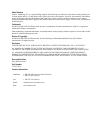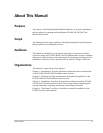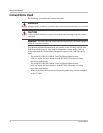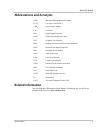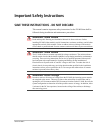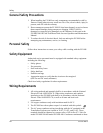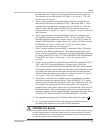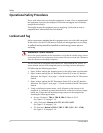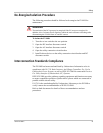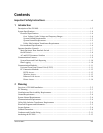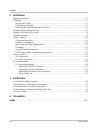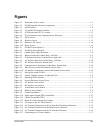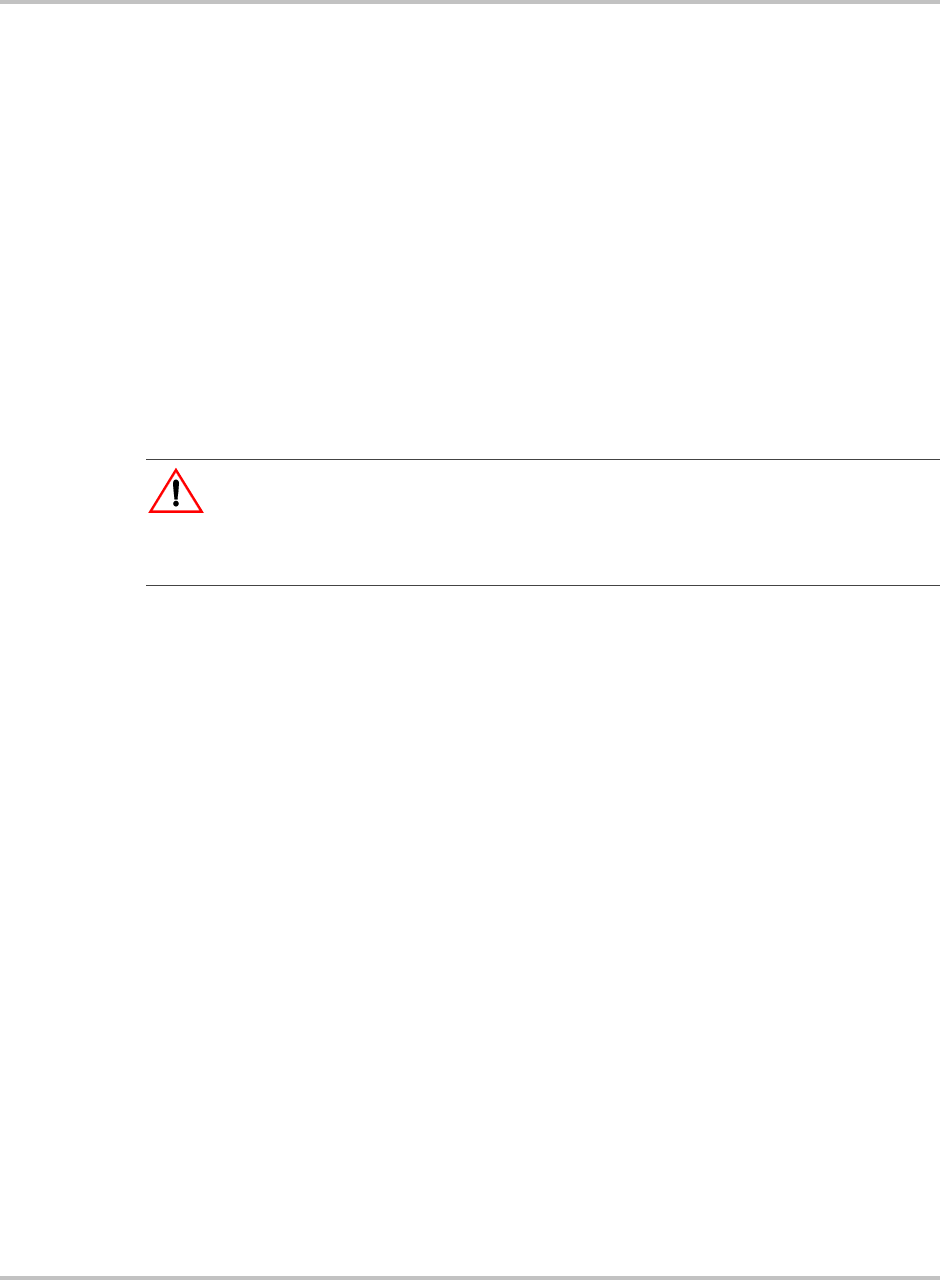
Safety
x 152315 Rev C
Operational Safety Procedures
Never work alone when servicing this equipment. A team of two is required until
the equipment is properly de-energized, locked-out and tagged, and verified de-
energized with a meter.
Thoroughly inspect the equipment prior to energizing. Verify that no tools or
equipment have inadvertently been left behind.
Lockout and Tag
Safety requirements mandate that this equipment not be serviced while energized.
Power sources for the PV100S must be locked-out and tagged prior to servicing.
A padlock and tag should be installed on each energy source prior to
servicing.
The PV100S can be energized from both the AC source and the DC source. To
ensure that the inverter is de-energized prior to servicing, lockout and tag the
PV100S using the following procedure.
1. Open, lockout, and tag the incoming power at the utility main circuit breaker.
2. Open, lockout, and tag the AC Disconnect Switch (S1) on the AC Interface
Enclosure. See Figure 1-4 on page 1–9 for the location of the AC Disconnect
Switch.
3. Open, lockout, and tag the DC Disconnect Switch (S2) on the DC Interface
Enclosure. See Figure 1-4 on page 1–9 for the location of the DC Disconnect
Switch.
4. Using a confirmed, accurate meter, verify all power to the inverter is de-
energized. A confirmed, accurate meter must be verified on a known voltage
before use. Ensure that all incoming energy sources are de-energized by
checking the following locations.
a) Inverter Terminals: TB4-A, TB4-B, TB4-C (Phase A, B, C)
See Figure 3-15 on page 3–16.
b) Utility Terminals: Bottom of S1-2T1, S1-4T2, S1-6T3
See Figure 3-16 on page 3–16.
c) PV Terminals: Bottom of TB3-1, TB3-2, TB3-3 (PV+, PV-, GND)
See Figure 3-19 on page 3–19.
WARNING: Shock Hazard
Review the system schematic for the installation to verify that all available energy sources
are de-energized. DC bus voltage may also be present. Be sure to wait the full 5 minutes to
allow the capacitors to discharge completely.



